A few people have asked for more detail about what actually happened in my crash was that about 20km outside of Quito on the Panamericana, I came around a corner about 120km/h and overtook a slow moving bus crawling uphill and laying a free - radical smokescreen of diesel fumes. As I came through the neblina de diesel and headed back in front of the bus I realised at the last minute that the solid yellow line dividing the carriageways also had a series of unexpected large ceramic hemispheres going all the way up the hill in exactly the same colour yellow as the line. There were no signs or warning that they were coming up at all and it was the only time we have seen these little hemispherical bastards on the entire trip. I hit the first one hard with my front wheel, buckling it and causing a blow-out as the tyre came off the rim. I lost control and the bike went down on its right hand side landing on more of the jaundiced hemispheres which cracked the gearbox casing before I and the bike slid another 100 yards up the hill.
After 3 nights in Quito, we packed for riding 2 up and took the rest of our gear to the BMW workshop to stay with the bike. I realised whilst packing that lots of stuff was smashed or cracked in the impact of the crash, in addition to my sunglasses being cracked whilst wearing them on the bike, my handy solar charger had all its panels smashed and my torch too had its bulb and lens broken.We agreed to share the riding between us in Colombia, which we'd heard was really good riding from Albert and Mike in the pub the night before. Neil was originally quite keen to fly into Colombia because of the discomfort and potential danger of riding 2 up in Colombia, but this information along with the fact that it would cost more than 1,000USD for both of us and we are motociclistas con dos cojones after all!
So off to the border town of Tulcan, crossing the un - equatorial Equator on the way through freezing cold rain. We got into a dreary hotel on the main square, which seemed full of Colombians filling up with cheap Ecuadorian fuel and cheap plastic Chinese goods from the markets. We put on some dry gear and headed out for a Chifa and a couple of beers in the cold town before heading off to bed early before a dawn start in the morning. We wanted to get off early to minimise the risks of not reaching Popayan before dark as the road to there from Pasto is notorious for FARC activity, and besides, everyone knows that bad people like to stay up late past their bedtime and don't like getting up early in the morning, so it made sense to llevar muy temprano manana manana.
Up at 5.30am to cross the border, with everything still shut when we arrived on the Ecuadorian side and big queues on the Colombian side. Whilst we queued, plenty of prominent posters proudly displayed the leading sub - committee of FARC's most wanted, with 2 now having their names and pictures crossed through with diagonal black marker pen crosses and "muerte", "dado de baja" proclaimed underneath from the government's successes of the past week. In the newspapers we had read in Peru and Ecuador, opinion seemed divided as to whether South America's longest lasting guerilla movement would instigate a backlash of killings and kidnapping or whether it was now on the verge of collapsing. The Aduana - man then took us through the longest - winded customs process so far, with photocopies and ink rubbings of the engine and chassis numbers. Having said that he was very nice and friendly, pulling up chairs and letting us use their toilets whilst we wait, so much nicer than the man on the Ecuadorian entry point the week before.
Then we were off through the Southern Highlands of Colombia, strongholds for both terroristas and drogistas, but a lovely biking road all the same, full of continuous curvas sinuousas y peligrosas. When we came to the first army checkpoint, the friendly teenagers with machine guns told us the road was closed due to a derrumbe de piedras and wouldn't be open until the afternoon. We explained that we were going to Popayan and didn't want to risk travelling at night and would it be possible to at least go on to the fall to see if a bike could get through and then we could decided whether to go on or return to the border town of Ipiales. They shrugged their shoulders and said no problemo. We found a site of a gasolinera, crushed by enormous boulders and a team of men trying to stop the petrol leaking from the exposed tanks, along with another group, armed only with a jackhammer and some shovels to clear the mess. Luckily we passed through OK and enjoyed 30km of the empty snaking mountain road, before the next army checkpoint when the traffic returned and with it the constant danger of trucks and buses careering around corners on the wrong side of the road. I also noticed a lot of cyclists on the road and remembered reading that, along with football, cycling is Colombia's favourite sport. Although they seemed to love hurtling downhill at breakneck speed, overtaking trucks, they didn't seem to enjoy uphill as much and were very inventive in hitching a ride on the tailgates of passing lorries or as pillion on moped and motorbikes.
Into Pasto and we stopped off for a fabulous breakfast of the best coffee since Argentina, sharp, sharp orange juice, freshly made enormous hash browns, fried eggs and bacon, with warm rolls on the side, lovely. The road then descended and became instantly tropical, with exotic fruit and sugar cane lining the road along with our first sighting of significant numbers of black people to accompany them. After 100km or so the road climbed again, got colder and we entered Popayan doused by equatorial rain (again). We struggled to find a hotel because although it was Ash Wednesday, the famous Maunday Thursday parades were taking place overnight that night and everything was full. Eventually we found a nice place, near the main square with a balcony overlooking the action. Popayan is a picturesque colonial town with lots of low, white - stuccoed buildings, which in fact have all been completely re-built and restored since a devastating earthquake in 1983, just before that year's Easter Parade commenced.
We could feel a palpable sense of expectation and fun on the street as everyone was on holiday for the next 4 days and getting ready to party. We entertained ourselves with drinking some beers (Joker, Pilsen Aguila and Colombian Club are the local brews, CC being the best) in the town's cavernous pool hall and also returning several times to a great panaderia at the bottom of our hotel. We returned several times because of their infuriatingly complicated system for making payment and also because it was so good and fresh, we could smell when each new batch came out of the oven from our balcony. It turned out well though, because the place was targetted by the more discerning beggars, who accosted us when leaving, but because we only had one thing with us at any time (plum slices, pizza slices and ham and cheese bread), we didn't feel so bad about not giving them anything, especially when they got quite aggressive afterwards. My thoughts on begging are that it seems more prevalent in openly religious places and that apart from giving food, it is counterproductive to give money, especially when people just stick their hand out without even offering a service such as the jugglers at traffic lights and the shoe - shine boys (and old men) we have seen everywhere on the trip so far.
Religious holidays were primetime for the beggars and the hawkers and we returned to our room after dark to watch the parade, which mainly consisted of a series of scenes from the last week of Jesus's life depicted by lifesize plastic mannikins hauled by teams of 8 lucky devotees, interpsersed by military bands and religious choirs and orchestra, some complete with organs being pushed or carried through the streets by yet more lucky devotees. Standing on our balcony drinking beers from the bar downstairs, the whole thing had the bizarre feel of a slow and sedate catholic cartoon animation as the scenes of Christ's passion, bloodily depicted, slowly flowed under our balcony. Once it finished, sometime after midnight, the real revelling started on the streets and we had a fitful night's sleep as a result.
We hung around Popayan in the morning, tired and reluctant to leave enjoying the scenery, catching up on email and enjoying some more good coffee at last without a woeful Nescafe sachet to be seen. Then we headed off on the short hop to Cali, through the Cauca River Valley, which runs between the Cordilleras Oeste and Central, past fields and fields of sugar cane. As we came into the outskirts of Santiago de Cali, to give its full name, we sped past the new gated communities and resorts where the wealthy live and were spending their long Easter break from Thursday through to Sunday. As we got into the city itself, the impact of the doughnut effect were palpable as the number of loitering beggars and street vendors multiplied rapidly and our bike and lack of melanin stood out from the crowd and attracted unwanted attention at traffic lights. It reminded me a lot of Havana - a lot of 50's and 60's concrete developments gone shabby, set in a pleasant tropical backdrop, evidence of previous wealth and the absence of decades of maintenance or further development.
That is with one important difference, the plethora of marble - clad, caste iron - gated banks throughout the centre of Cali. Not the glass, aluminium and primary colours of retail banks for the masses, but the solid vaults for the extremely wealthy that you see in the exclusive areas of Shanghai, Mumbai, London, New York, Paris and Zurich. Could it be that the estimated 50% of the 9 billlion USD earnt in Colombia each year from Cocaine (let alone Colombia's growing predominance in Marijuana and Heroin production) is held there? Certainly the cartels have been much more savvy in the shadow economy in movng upstream and downstream to control the production, refinement and some parts of the distribution of this white powder, as opposed to its other major industry - sugar (or oil for that matter), where it has much less market influence and hence much lower earnings.
Luckily, we asked a professorial - looking bloke, who was driving a red Beetle with his Alsatian in the back and had a kind face, furnished with half - moon glasses, a pipe and a grey goatee, for directions. He said he would lead us to a nice place, with parking and a pool, so we followed him to the Hostal La Merced, right behing the church of the same name, which is Cali's only remaining colonial building. All the others have been destroyed by earthquakes. He thanked us profusely for visiting Colombia and left us at the door of the hostal. We would never have found it ourselves as there was no sign, only a piece of paper stuck onthe wall saying that the hostal was open. Gonzalo and Rita, the friendly owners welcomed us in to our clean nad comfortable room. They had only recently taken over the hostal and were keen to stress that they were still in the process of renovating the place. We went out into the deserted, hot and dusty streets and bought some cold beers to have by the pool. Returning, we found the pool full of guano, pigeon feathers and las cucurachas, but it was so hot, we scooped out the worst flotsam and dived in to the cool water for a refreshing closed-mouth swim. We went out later into the streets, now thronging with crowds and cooled by a refreshing evening breeze. We found an Asian fusion restaurant and luxuriated in some spciy food, before returning on Avenida Sexta past salsa clubs booming latin music in a kerbside competition. We stopped off at the La Merced church to see the hordes of Easter worshippers filling the church and the surrounding streets, before going off to bed.
We were up early for a long ride to Medellin on the wonderfully twisty Panamericana. This was just as well as each town we passed had its main street blocked by Christians making their own Easter Parades and causing us to take lengthy desvios or delays. We got to Medellin in the late afternoon and tucked the bike up safely in the garage of the Casa Kiwi Hostal in the smart, leafy suburb of Poblado. Paul at Casa Kiwi and his wife Maruja and little boy Carlito run a chilled out place, which was immediately welcoming and relaxing. Paul is a biker too and gave us some good tips on the roads further north. We settled in quickly, helped by cool Columbian Clubs from the fridge and endless games of pool.
Next day we got on the new and efficient metro to the centre of town and went to the Museo de Antioqua. After fooling around on the Botero sculptures outside in Parque Berrio, we went inside to see the Donacion Botero, given by Fernando to his native city. His sculptures were stunning, but I particularly liked his paintings, "Rosita" and "El Muerte de Pablo Escobar" were my favourites. There was also a temporary exhibition by a Brazilian Artist, called Regina Silveira, who used monochrome light and shade and optical illusions to create some interesting shadow effects. Stimulated by some great art, I reflected how artists exploit our psychologies through illusion and visual associations in a way that is both exciting and a complete mystery. It seems strange that as we know more and more about the world around us and even our own bodies, we still don't understand our minds, the thing that defines us as human beings, and this is the great conflict of modernism and a challenge to modern humans.
Afterwards we had drinks and a salad in the museum cafe and remarked on the ubiquitous number of limpers, crawlers and chorlton and the wheeliers passing by. At some points in downtown Medellin, it looked like the final scene from Dawn of the Dead. We concluded that because most of them seemed to be men, it must be the result of a combination of road accidents from the crazy driving we had seen or punishments meted out by the drogistas in their heyday when Pablo Escobar was alive and ruled the city. Despite all its crime and poverty, Medellin is a great city, constantly stimulating and friendly and the first place I could consider living from everywhere we have been so far. Back to the hostal and an American lady we had met at breakfast called Paula had left us her poorbuthappy guide at the front desk, with loads of handwritten recommendations in it for the rest of our time in Colombia. I fancied a 6 day jungle trek to La Ciudad Perdida and Neil fancied passing his PADI open water diving certificate.
We went out that night around the nitespots and fleshpots of Poblado, ending up in a supposedly Scottish Bar, which served Erdinger Weissbier and Dunkel, satisfying my need to get away from drinking lager, which I am increasingly finding is only palatable in small quantities and mas fria. Alex the Scottish oil worker and Maria his Colombian girlfriend (for the Easter weekend he confided to us!) joined us whilst I got steadily ruined on Erdinger Dunkel, after having thoroughly warmed up lager drinking and pool playing at Casa Kiwi all afternoon with Neil. He drew some great cartoons of a student double - bagger and middle - aged tourist which made me laugh so hard I fell off my barstool. We got in at nearly 4am and didn't get up until gone midday. Consequently we spent a leisurely day, consisting of going to the Exito supermarket so we could cook our own dinner for a change (we had pasta puttanesca and a fruit salad, the first fruit for a while), more pool whilst listening to great Cuban jazz and enjoying the basketball and outside gym at the local park, closely missing a thunderous downpour. So on to Cartagena de los Indias and the sunny Caribbean sea tomorrow!
Subscribe to:
Post Comments (Atom)
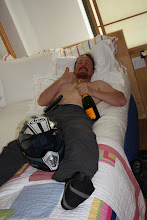
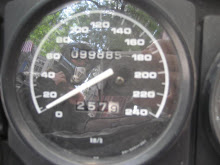
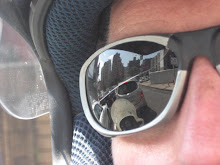
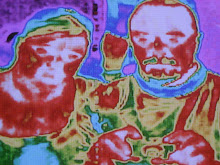





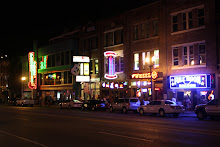



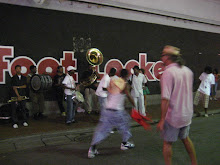


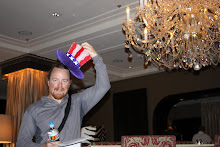
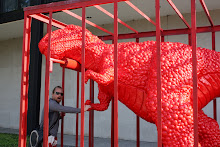
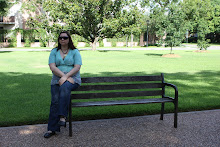



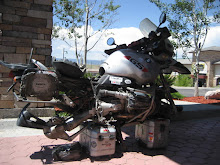


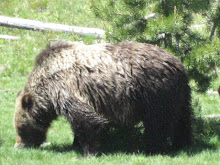
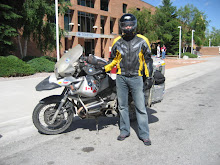
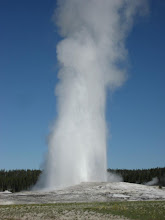



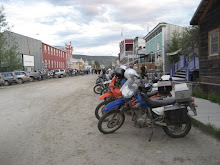


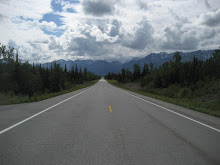

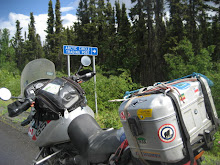
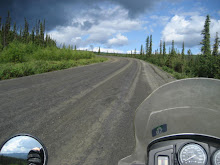
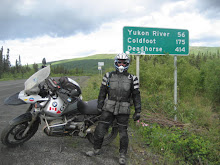
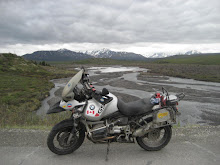
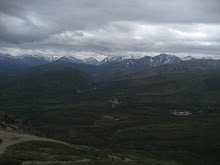
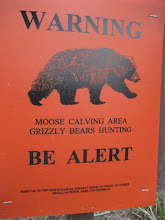


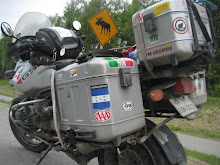
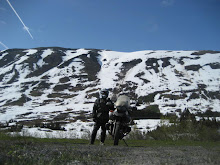

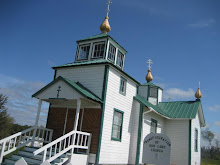
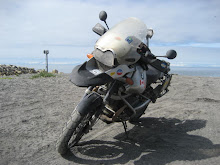

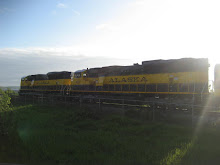
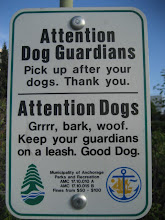
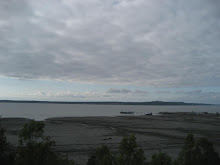




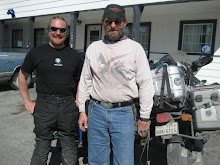

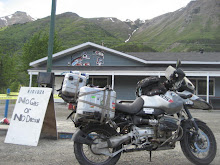




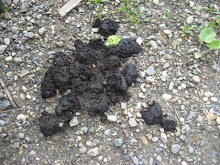

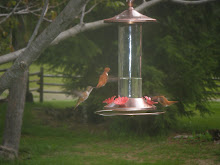
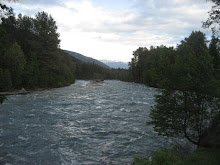
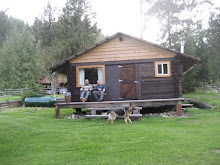
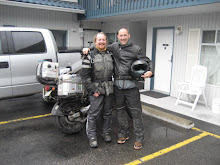
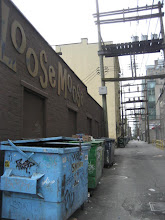
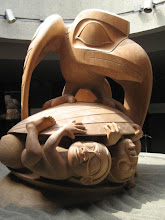
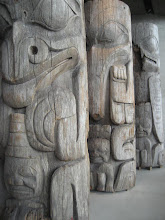
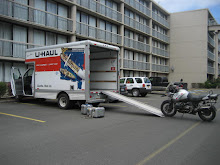




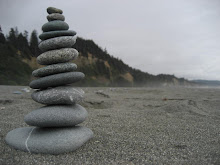
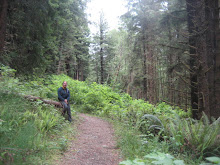
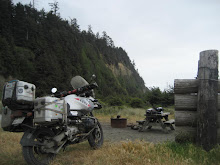
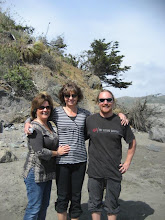

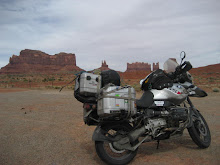
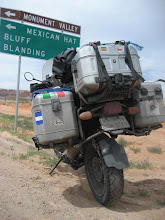
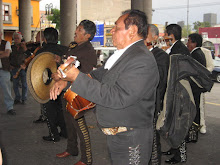
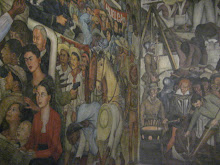



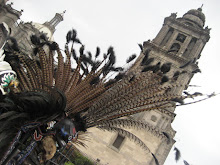
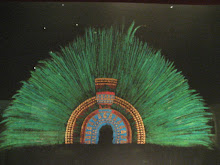
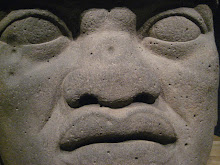
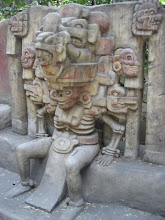






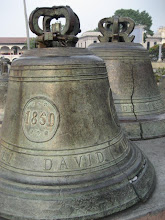
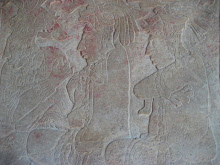
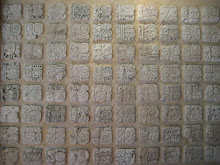
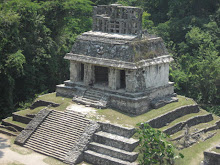




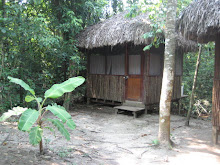
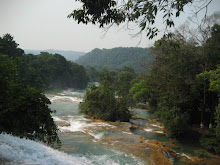
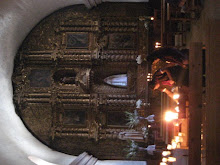
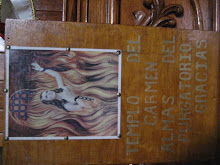
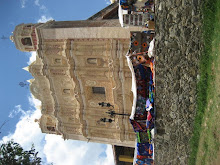


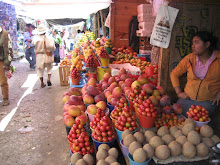
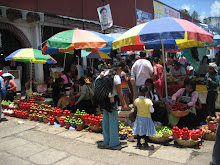
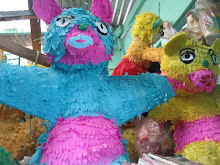
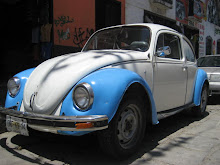
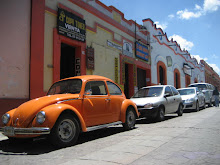

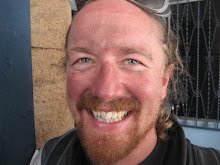
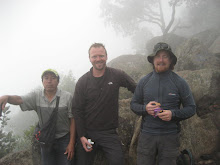


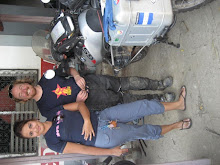
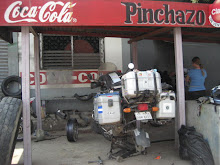

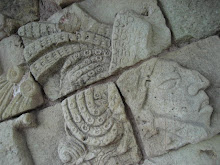

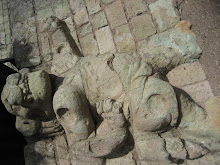


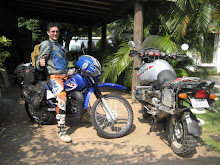







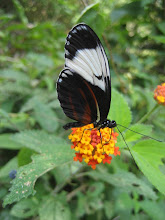
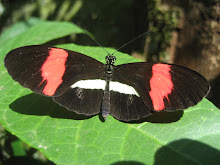
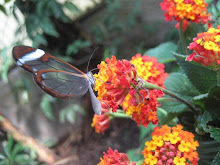
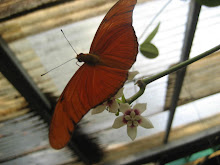
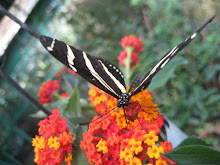
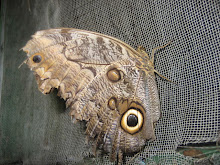

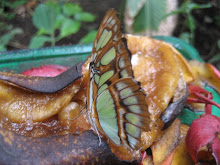
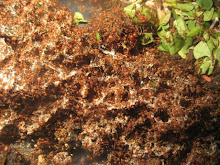
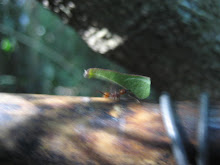


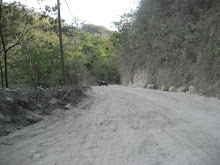

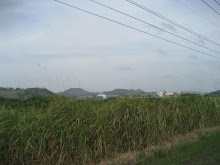

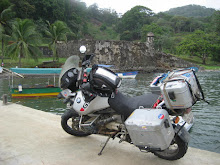
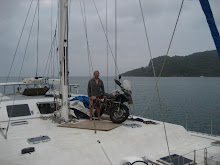
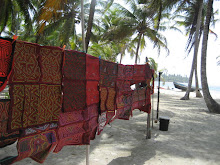

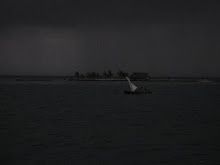
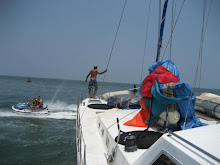
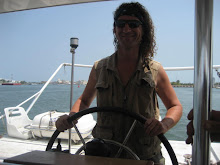

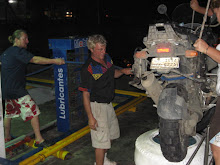
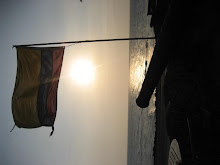
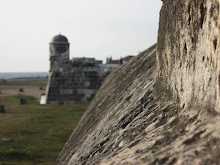
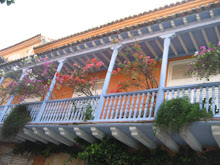
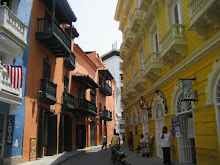
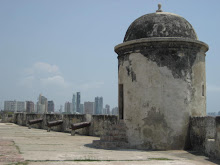
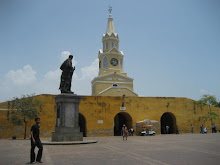
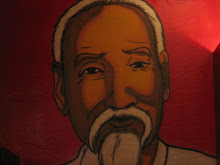
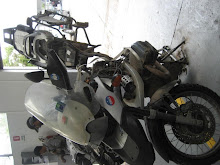



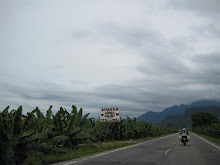
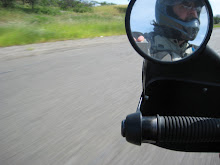
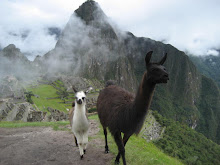



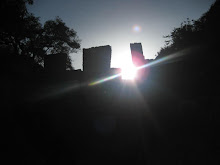


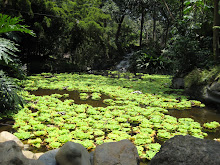
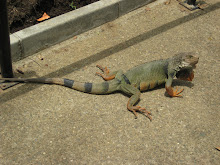



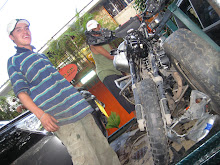

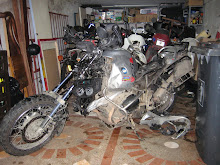
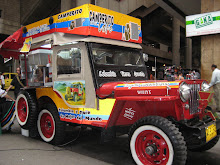
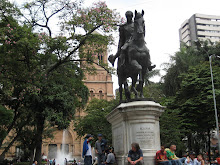
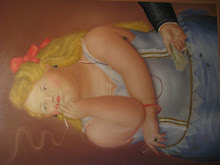
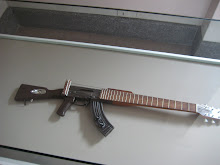
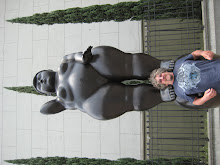
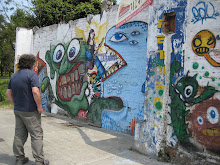


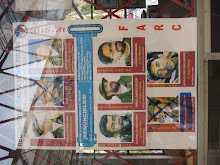
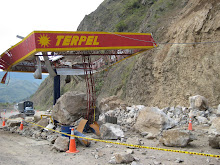
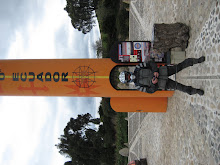
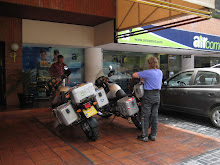
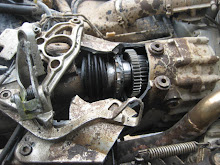
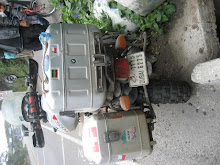

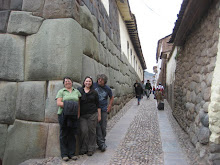


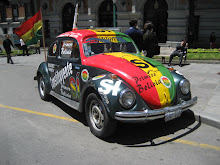
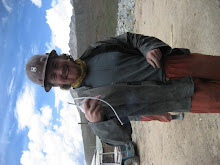


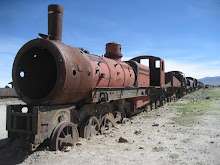



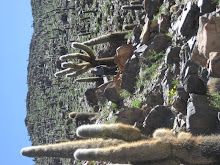
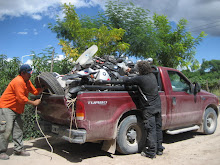
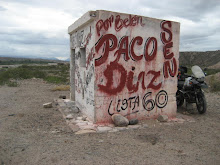

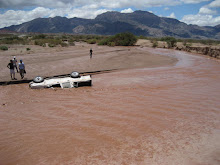
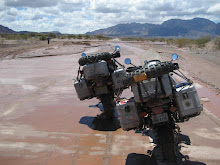
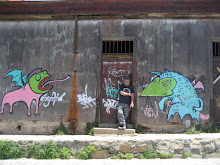
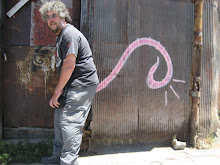



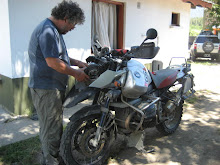
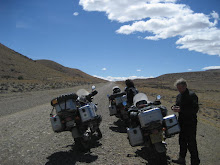







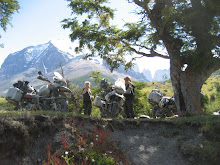

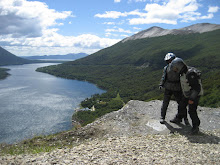

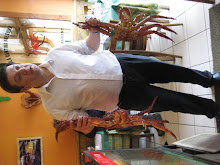
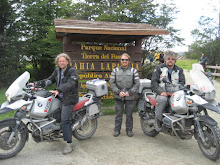

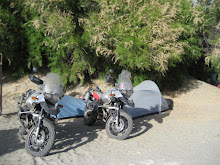




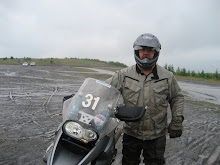
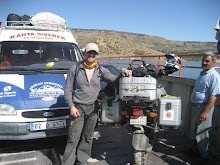
1 comment:
Loved the latest update... Missing catching up on text so let us know when your back in Mobile coverage.
The trip sounds amazing, despite all the trials and tribulations...
Looking forward to the next update already..
All our love and thoughts to both.. The Koreans XXX
Post a Comment